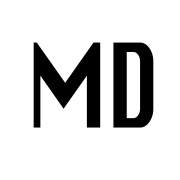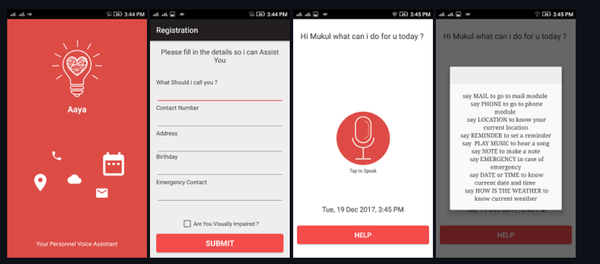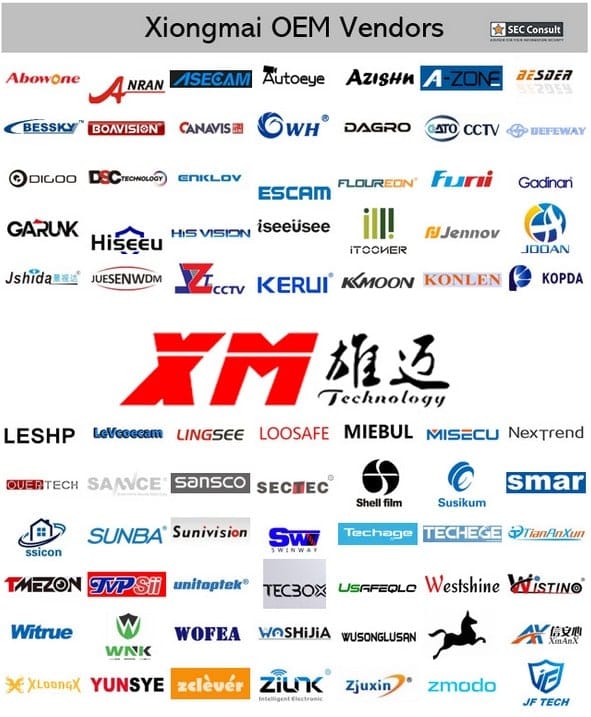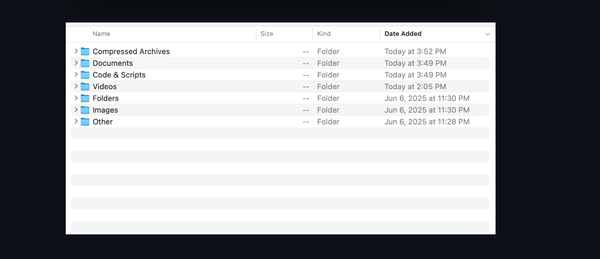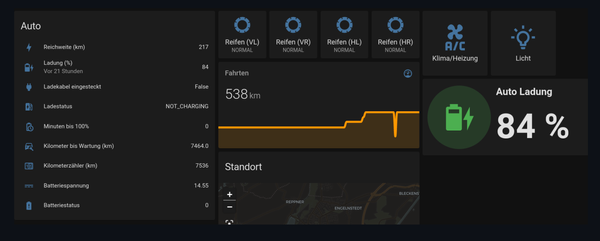Why On Demand Healthcare Staffing Is Becoming the New Standard in 2025
Table of Content
Healthcare facilities today are rethinking how they handle staffing, turning to on-demand solutions that offer more flexibility and speed. Traditional models are struggling to keep up with the challenges brought on by fluctuating patient volumes, demographic shifts, and a highly competitive job market. The pandemic accelerated the push toward digital innovation, prompting many healthcare organizations to rethink how they staff their teams.
As the pressure on healthcare systems grows, on-demand staffing platforms offer a more flexible and efficient approach. These platforms allow facilities to quickly connect with qualified professionals, helping fill shifts without the delays of traditional hiring. Patients, too, are more informed than ever, and a provider’s ability to deliver a seamless digital experience now plays a critical role in their decision-making.
This article explores why on-demand healthcare staffing is set to become the norm by 2025. We’ll examine the factors driving this shift, how these platforms work, and the key benefits they offer to both healthcare providers and professionals.
The shift from traditional to on-demand staffing
Healthcare organizations across the country are moving away from rigid staffing structures. Traditional models can't handle the mounting pressure anymore. The industry now faces a perfect storm of challenges that make conventional approaches harder to maintain.
Why traditional models are no longer sustainable
Old-school healthcare workforce planning depends too much on outdated methods. These include historical norms, static ratios, and reactive hiring cycles that can't keep up with today's ever-changing healthcare environment. Acute care settings now spend up to 55% of their total expenses on labor costs. This creates huge pressure to optimize staffing. Hospitals must deal with high interest rates, inflation, drug/supply costs, and rising labor expenses that force their teams to "do more with less".
Many organizations struggle because they lack systems to track retirement patterns, turnover trends, and regional labor dynamics. Without proper visibility, they end up hiring reactively and miss chances to develop their existing talent before shortages become critical.
The rise of flexible work priorities
The workforce scene is changing as more people choose gig work. This change comes from both what organizations need and what professionals want. Today's healthcare workers value work-life balance more than ever. They look for flexible roles that match their personal needs and career goals.
Flexible work schedules offer clear benefits:
- They help recruit from a bigger talent pool
- They boost retention by letting employees stay through different life stages
- They cut down unplanned absences when staff can control their schedules
- They reduce burnout by helping staff balance personal and work demands
Many nurses and healthcare workers want contract work now. They're eager to set their own hours and gain career independence. The 2024 NSI National Health Care Retention & RN Staffing Report shows RNs are quitting because of scheduling, working conditions, and staffing ratios.
Impact of unpredictable patient demand
Patient needs keep changing based on seasonal illnesses, sudden volume spikes, and population needs. Planning nursing staff for hospital inpatient wards becomes extra challenging because patient demand isn't steady or predictable.
Staffing variability has become one of the most disruptive problems for patient care. Departments might send people home one week because they're overstaffed. The next week, they're scrambling to handle patient surges. These ups and downs create bottlenecks in emergency rooms, slow down discharges, and lower care quality.
On-demand staffing platforms give healthcare facilities the flexibility to adapt quickly to these changes. They help maintain optimal staffing levels without overwhelming internal staff. Healthcare facilities can adjust their workforce based on live patient needs.
What is on-demand healthcare staffing?
Healthcare facilities today use on-demand staffing as a flexible workforce solution that connects them with qualified professionals. This approach lets organizations bring in clinical talent exactly when they just need it. Organizations don't have to commit financially to full-time hiring.
Definition and how it works
The healthcare industry uses flexible workforce that responds to up-to-the-minute demand. Healthcare facilities can request qualified professionals for specific shifts or projects instead of keeping fixed staff rosters. These professionals become W-2 employees of the staffing platform. They complete the same onboarding, orientation shifts, and training as internal staff. Facilities can quickly adapt their workforce based on patient volume changes.
Role of on-demand staffing platforms
Digital platforms are the foundations of on-demand staffing. They connect healthcare organizations with qualified professionals through specialized apps. These platforms work just like ride-sharing services but for healthcare talent. Services focused on prn medical staffing make it easier for facilities to quickly access professionals who are ready to step in on short notice.
The platforms offer several key features:
- Matching algorithms find qualified professionals for posted shifts
- Credential verification systems ensure compliance with federal and state requirements
- Rating systems give priority to high-performing professionals
- The platforms integrate with existing time clock and HRIS systems
These groundbreaking solutions make a once-cumbersome process simple. Healthcare facilities can submit staffing requests and find qualified nurses within hours instead of days.
Comparison with gig economy models
On-demand healthcare staffing shares similarities with broader gig economy principles but has unique features. Both models give workers flexibility and autonomy that traditional jobs don't offer. The healthcare platforms typically hire workers as W-2 employees rather than independent contractors.
Standard gig economy platforms focus on speed over quality assurance. Healthcare platforms emphasize credential verification, training integration, and consistent care standards. They also make shared care and meet strict compliance requirements possible.
Key benefits driving adoption in 2025
On-demand healthcare staffing has become the life-blood solution for healthcare facilities facing complex challenges today. Several key benefits drive healthcare organizations to adopt this innovative staffing approach as we move through 2025.
1. Cost savings for healthcare facilities
Healthcare organizations save money through on-demand staffing in multiple ways. We eliminated expenses tied to full-time nurse salaries and benefits. Facilities just need to pay for hours worked. SSM Health saved $85 million in FY2022 by using on-demand workers instead of traditional external agency staff. Hospitals now depend less on expensive travel nurses. Some facilities cut their travel nurse count from over 1,000 to fewer than 20.
2. Greater flexibility in workforce management
Knowing how to adjust staffing levels smoothly has become crucial in today's healthcare environment. On-demand platforms help scale the workforce quickly during emergencies, seasonal surges, or unexpected staff shortages. Healthcare facilities can adapt faster to changing patient demands and ensure the right staff work at the right time.
3. Faster hiring and onboarding
Traditional healthcare hiring takes 37 days per position. This timeline doesn't work with urgent staffing needs. On-demand platforms make this process smoother through simple onboarding systems that automate paperwork and compliance checks. These platforms connect facilities with pre-credentialed professionals who need minimal orientation.
4. Reduced burnout and improved work-life balance
Healthcare worker burnout remains a critical industry challenge. Studies show it guides to increased absenteeism, lower productivity, and compromised patient care. On-demand staffing helps solve this by giving clinicians control over their schedules. Staff can create sustainable work patterns that prevent exhaustion and encourage healthier lifestyles.
5. Access to specialized skills on demand
Healthcare organizations don't deal very well with maintaining consistent access to specialized expertise. On-demand staffing platforms solve this by connecting facilities with specialists exactly when needed. Rural facilities or those needing specialized care benefit from this capability. On top of that, it works even better with telemedicine capabilities, expanding access to specialized care while cutting overhead costs for patients and providers.
Real-world impact and success stories
On-demand healthcare staffing is making a measurable difference in real medical settings. From large emergency departments to small rural clinics, facilities are seeing improvements in efficiency, patient care, and staff well-being.
Here are a few standout examples:
- Emergency departments handling pressure more effectively: One hospital’s emergency department reduced long wait times and relieved overworked staff by partnering with a digital staffing platform. This allowed them to quickly fill open shifts with local professionals, improving patient satisfaction and team morale. In another example, Avera Health’s TeleEmergency Program connects rural hospitals to emergency clinicians through 24/7 live video.
- Rural clinics gaining access to remote care: Remote locations often struggle with staffing, especially during leave or turnover. One rural clinic used an on-demand platform to find a licensed professional who provided telehealth coverage while their only nurse practitioner was on maternity leave.
- Rapid staffing during the COVID-19 pandemic: During the height of the pandemic, healthcare systems across the U.S. relied on on-demand staffing to scale up quickly. In North Carolina, the Carolina Community Tracing Collaborative brought in 750 staff members to meet growing demands. Presbyterian Healthcare Services partnered with ShiftMed in 2023 and hired over 200 nurses in just four months.
Conclusion
On-demand healthcare staffing is no longer just a backup option—it’s becoming the go-to strategy for facilities trying to stay responsive, cost-effective, and patient-focused in 2025. As the industry faces more pressure from unpredictable patient loads, workforce burnout, and financial constraints, flexible staffing solutions are proving to be more than just a trend. They’re a necessary evolution.
By using technology to connect with qualified professionals in real time, healthcare providers can improve operations, reduce burnout, and deliver better care across a variety of settings. From emergency departments in busy hospitals to rural clinics with limited access, the real-world results speak for themselves.
The shift is already well underway, and it’s clear that facilities that embrace flexible, on-demand staffing models will be better positioned to navigate whatever challenges the future brings.
